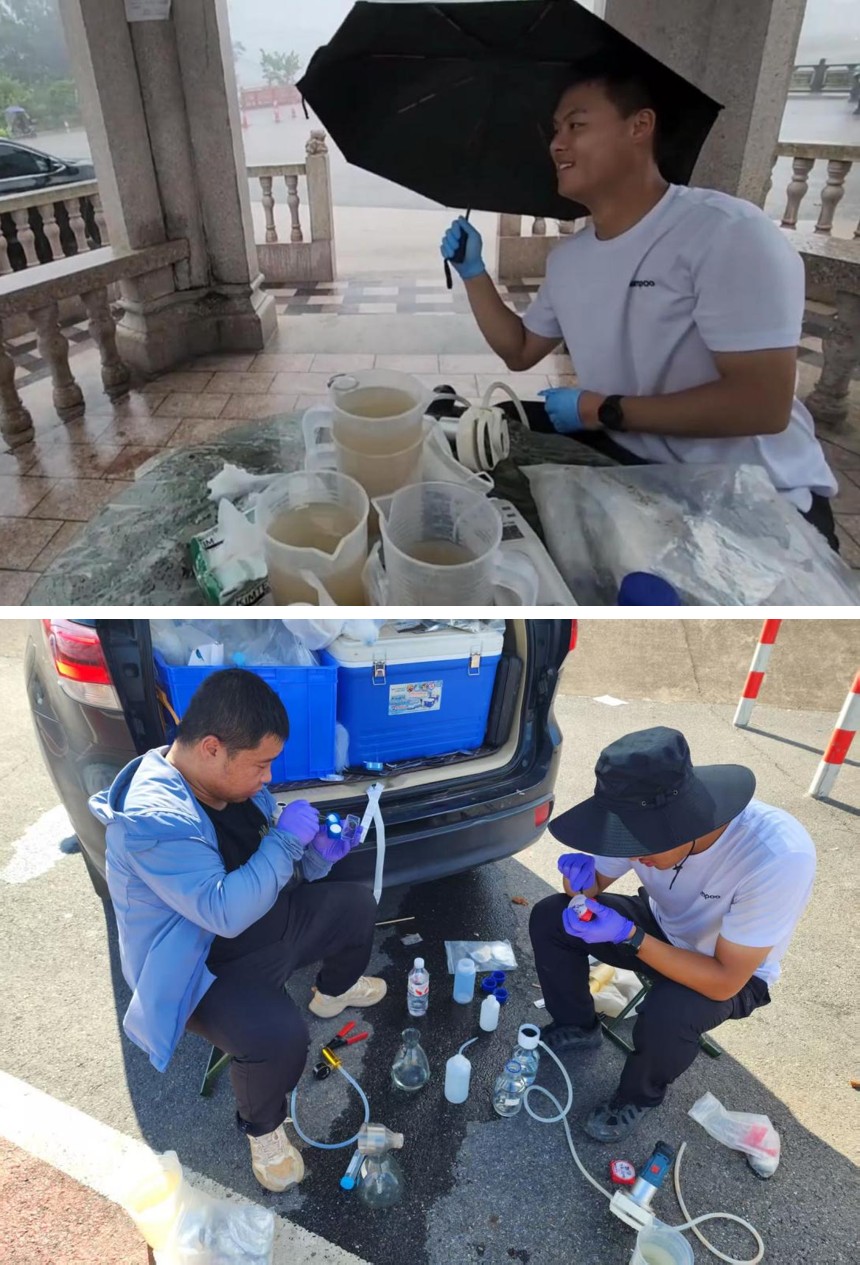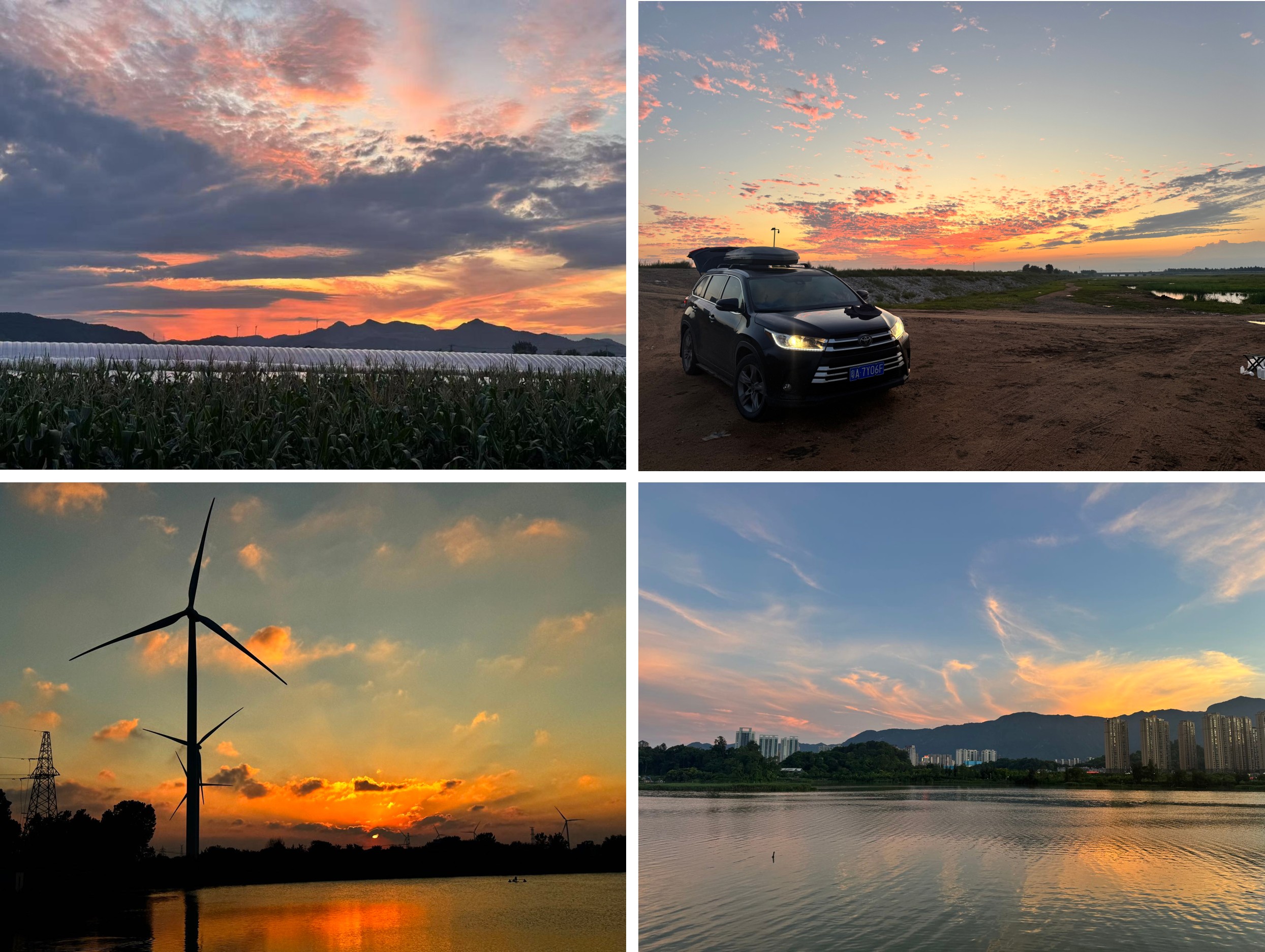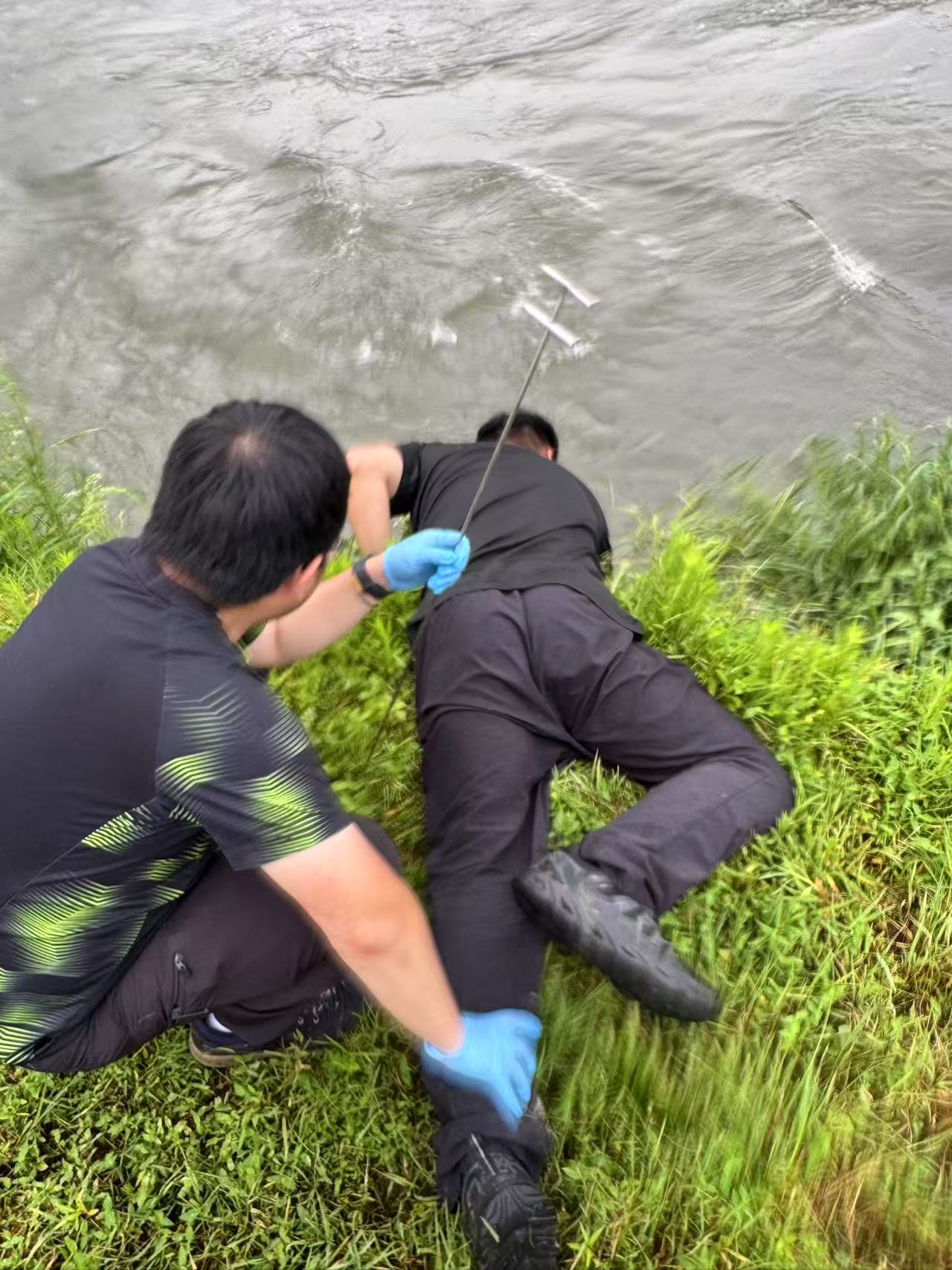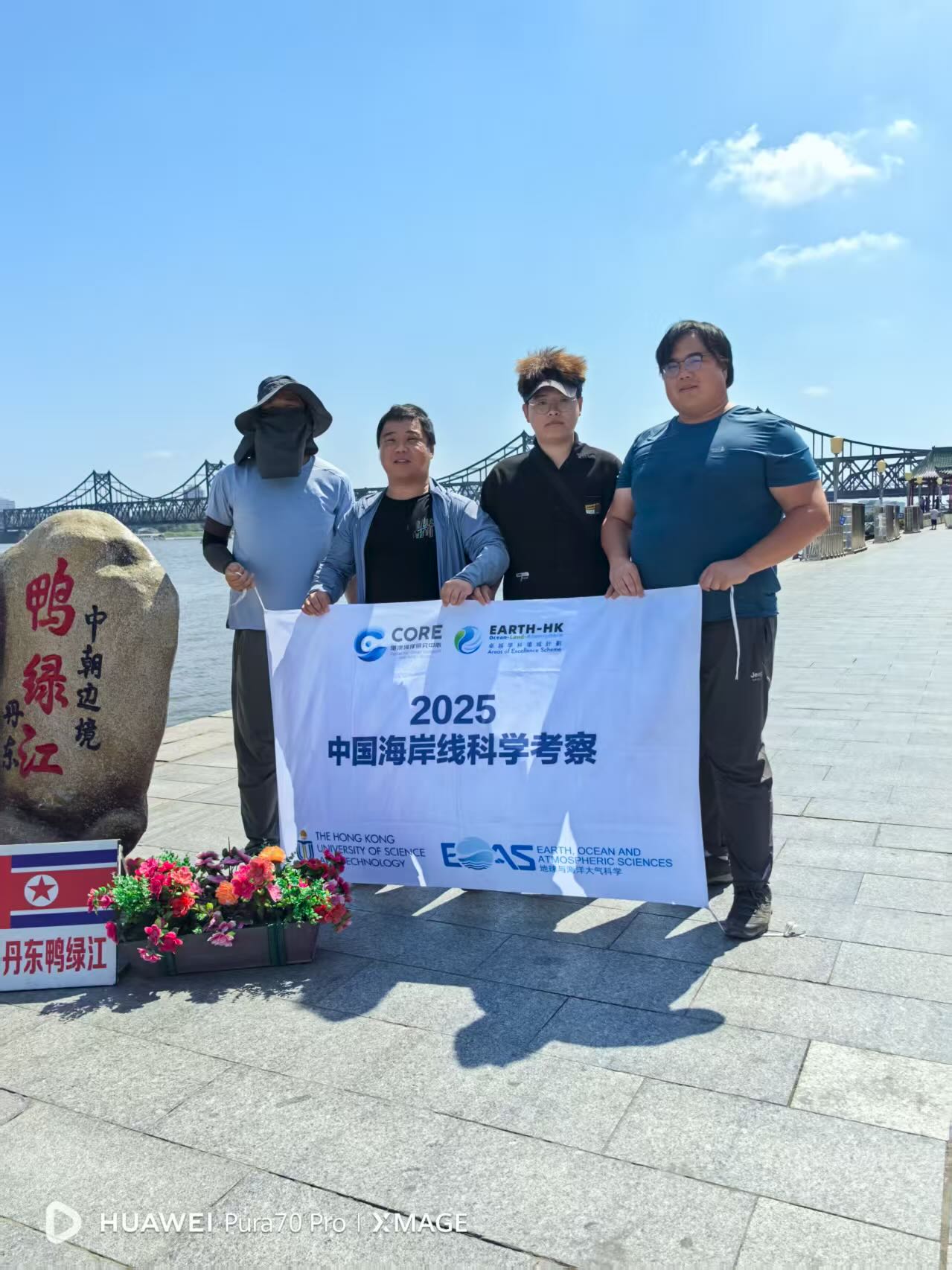Research Background
China's coastline stretches for thousands of miles from the sparkling blue waters of the Beibu Gulf in Guangxi Province to the rugged rocky shorelines of the Bohai Bay in Liaotung Peninsula, bearing the intertwined imprints of rich coastal ecosystems and human activities. A joint research team led by Prof. Yi LIU (EOAS, HKUST(GZ)) and team members from Prof. Ding HE (OCES, HKUST) and Prof. Longjun WU (OCES, HKUST), and Prof. Zhichao ZHOU (IAS, SZU), successfully completed a 54-day, 14,000-kilometer comprehensive ecological and environmental survey on China's coastal zones from June 24 to August 16, 2025. This scientific survey was supported by the Center for Ocean Research in Hong Kong and Macau (CORE) and the Hong Kong Research Grants Council's Areas of Excellence Scheme Project "Study of the regional earth system for sustainable development under climate change in the Greater Bay Area”(Earth-HK, AoE/P-601/23-N).
Act I: Departure! Charting an Ecological Map of the Coastline
The team traversed from Guangxi to Liaoning, crossing over 180 small watersheds (Figure 1). All sampling sites were meticulously designed for systematic interdisciplinary field sampling and monitoring work covering water environment, microbiology, geochemistry, etc. This was not a simple "trip" but a highly precise scientific "ecological tracing".
"Well-Equipped": From multi-parameter water quality meter, on-site multi-pore size filtration devices, low-temperature storage equipment, to incubators, the team not only carried the essential tools, but also brought the “laboratory” to the field.
"Elite Team": Team members have extensive experience in field sampling and scientific expeditions, which ensured the safety, sampling efficiency and quality. Team members strictly followed the protocols of different samples, such as biological samples and dissolved organic matter, to ensure sample quality and data reliability.

Figure 1. Sampling points for the comprehensive survey of small watersheds in China's coastal zones
Act II: On the Road! The "Song of Ice and Fire" on the Scientific Expedition
This scientific survey on China’s coasts was both a scientific odyssey and a test of physical endurance and willpower.
"Changeable Weather": Typhoons and sudden downpours in the Southern China, drought and extreme heat in the Northern China, wind blows along the way, and muddy shores—all were part of the team's "daily routine" (Figure 2).
"Scenery Along the Way": From mangrove forests to rocky beaches, from villages to cities, the team witnessed the magnificent landscapes of the motherland. The beautiful scenery along the journey was a natural encouragement (Figure 3, Figure 4).

Figure 2: One moment pouring rain, the next blazing sun

Figure 3: Scenery along the way

Figure 4: Diverse landforms
Act III: Stopovers! You Fetch Water, I Dig Mud
Every stop was a dialogue between science and nature.
"The Power of Teamwork": During this long journey, the tacit understanding and mutual support among team members were the warm undertones, which helped to overcome the difficulties such as organizing samples late till mid-night or labor-intensive works like moving the heavy equipment and samples. Laughter and sweat together forged this unforgettable journey. Laboratory work was equally laborious, involving collecting samples from the express station, mailing the consumables to support for field sampling (Figure 5).
"The Lovely Local People": From Cantonese to Liaoning dialect, the sampling team experienced the local customs and culture, fully engaged with residents, and formed deep friendships (Figure 6).Figure 5: Members using "toad technique" to extract pore waterFigure 5: Members using "toad technique" to extract pore water
Figure 5: Members using "toad technique" to extract pore water

Figure 6: Local villagers "treat" the team members to their labor fruits—dragon fruit
Act IV: Return! In the Sample Boxes Lie the Answers for the Coastal Scientific Questions
As the last batch of samples was securely stored in the ultra-low temperature freezer (-80 °C), the expedition along China's coast came to a temporary conclusion. Label-filled sample bottles and neatly arranged data records stand as a testament to countless days and nights of perseverance and dedication.
A Tribute to Every Participant (Haoran WANG, Yifu ZHAO, Qizhi HUANG, Junhui LI, Baoyin JIN, Hongkai QI, Huan WANG, Junyi ZHUANG): You sampled under the scorching sun, advanced against stormy weather, and organized data late till mid-night. Every drop of water, every grain of sediment, and every microbial sample you collected will potentially be a key code to unlock the secrets of environment and ecology of the coastal zone.
Passing the Scientific Baton: The end of field work marks the beginning of laboratory analysis. Next, these samples will undergo a series of target studies including isotope analysis, metagenomic sequencing, nutrient testing, etc. We look forward to revealing the driving forces of coastal biogeochemical cycles, analyzing patterns of emerging pollutants, and assessing ecological health status, thereby providing a solid scientific foundation for the environment protection and sustainable development of China's coastal zones.

Figure 7: The Yalu River—China-North Korea border river and the final sampling site
 Figure 8: Some of the samples collected during this expedition
Figure 8: Some of the samples collected during this expedition
